5 Things to Do in Little Tokyo, California
Never been before? We’ll be your trustee Little Tokyo guide with a day’s worth of fun things to do in Little Tokyo.
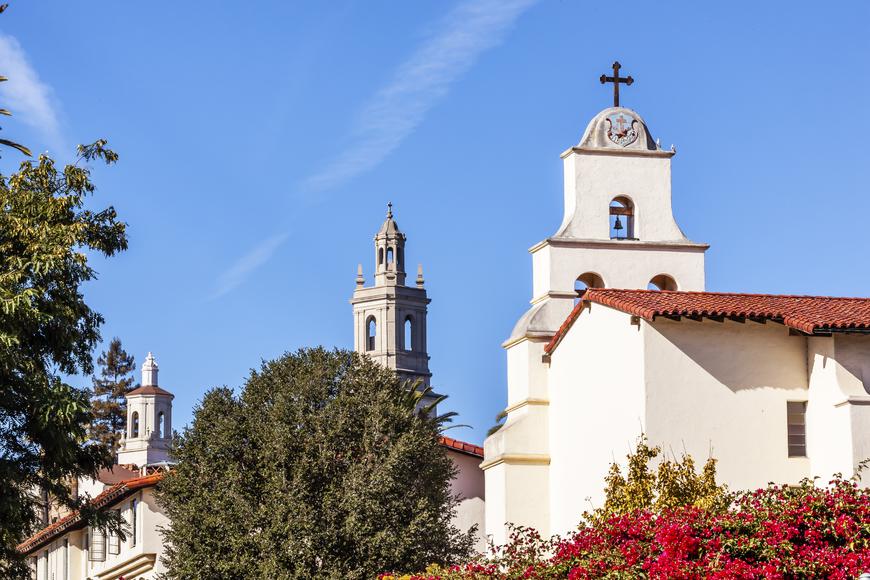
The 21 mission system stretches from San Diego to Sonoma. Here's everything you need to know about Southern California's missions.
If you ever wished to travel back in time to Alta California, the Southern California missions might just be your ticket. Established around 1769, the 21 mission system stretches from San Diego all the way to Sonoma.
Though they're from a bygone era, these missions carry a lasting legacy of cultural, historic, and architectural merit. Check out this guide to the Spanish missions in California to discover their unique features.
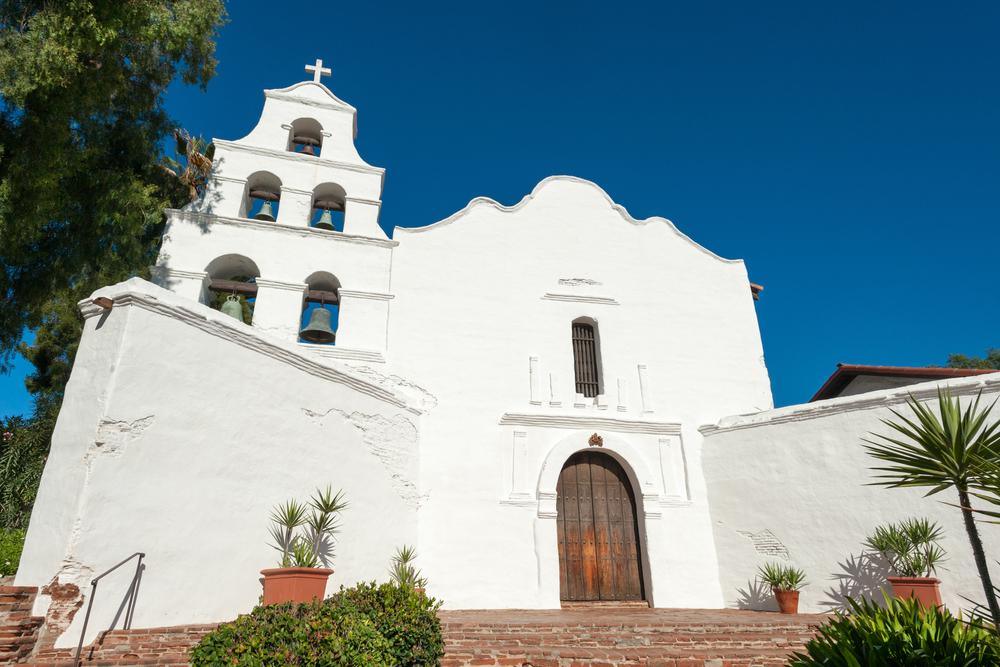
Set among vibrant rose gardens, tangled vines, and serene ponds, Mission Basilica San Diego de Alcalá stands tall as the oldest of the 21 Spanish missions in California. Located on San Diego Mission Road—roughly one mile east of Qualcomm Stadium—this historic landmark plays a unique role in the Golden State’s history.
Established in 1769 by Father Junípero Serra, Mission Basilica San Diego de Alcalá strived to increase Christian influence over the land's native people. Growing tensions resulted in a clash between the local villagers and the missionaries on November 4th, 1775.
Parts of the mission were damaged by fire during this tumultuous time, resulting in the first of many reconstructions. Father Serra oversaw the placement of adobe walls and clay tile roofs—fireproof installations that inspired many architects to come.

Does your business rank among the best in California?
nominate a businessLearn more about our selection criteria and vetting process.
Today, the mission's original monastery is one of it's main highlights. Along the corridor, a series of statues stand in tribute to the 21 Southern California missions and their leaders. There’s a lovely flower-filled meditation garden on-site as well as a fountain by the central cistern. There’s also a museum containing Father Serra’s original crucifix and baptismal documents, along with robes and Indian artifacts from local villagers.
The five-bell campanario—once used to signal times of prayer, work, and dining—is still intact. Every July, all five bells are rung in unison to celebrate the mission’s anniversary.
San Diego de Alcalá remains an active Catholic Church, with Sunday masses held both in English and Spanish. Whether you’re a devout Catholic or simply interested in history, this outstanding landmark will offer you a rare and captivating glimpse at life in Alta California.
Known as the “King of Missions,” Mission San Luis Rey de Francia extends over six acres and is perched on a hill overlooking San Diego. With all its walls and structures still intact, this mission stands proud as a treasured token of Alta California's cultural heritage.
Founded in 1798 by Father Fermin Lauser, this cross-shaped adobe building combines elements of Spanish, Mexican, and Moorish architecture. When it was built, the mission was one of the largest outposts, covering a thousand-plus square miles in Riverside and San Diego counties.
Out of California's 21 missions, San Luis Rey de Francia is perhaps the most historic. After the mission system collapsed, a lot of the artwork was transported to this mission. Today, San Luis Rey de Francia holds one of the largest collections of Mexican art from its era of colonization.
Located on Missions Avenue in Oceanside, San Luis Rey de Francia is also home to California’s first pepper tree, which was planted in 1803.
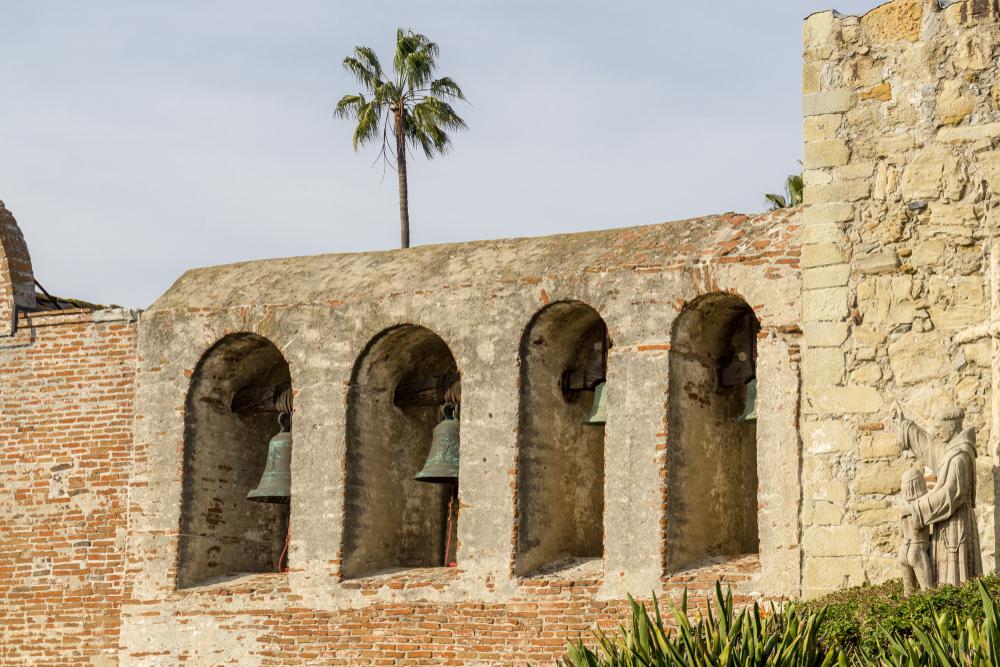
Located an hour south of Los Angeles, San Juan Capistrano is a charming walking town with a mission visited by hundreds of thousands of people each year. When you arrive, a free audio tour guides you through an area filled with fragrant gardens, koi ponds, and stunning relics.
Founded by Father Serra on November 1, 1776, Mission San Juan Capistrano was the seventh of its kind to be established along El Camino Real. Serra Chapel—where the Spanish missionary often performed mass—is the only working part of the mission today. When you arrive, light a candle and admire the beauty of the oldest California building still in use.
Completed in 1906, the Great Stone Church is among the most breathtaking chapels on the West Coast. Dubbed the “American Acropolis,” the church fell victim to a tragic earthquake that claimed the lives of 42 parishioners. Some believe the church is still home to a ghost named Magdalena who was killed in the wreckage. Despite some speculations of paranormal activity, the haunting ruins forever stand as a testament to the mission’s perseverance.
Mission San Juan Capistrano is also believed to have launched California’s wine industry with its first vineyard planted in 1779.
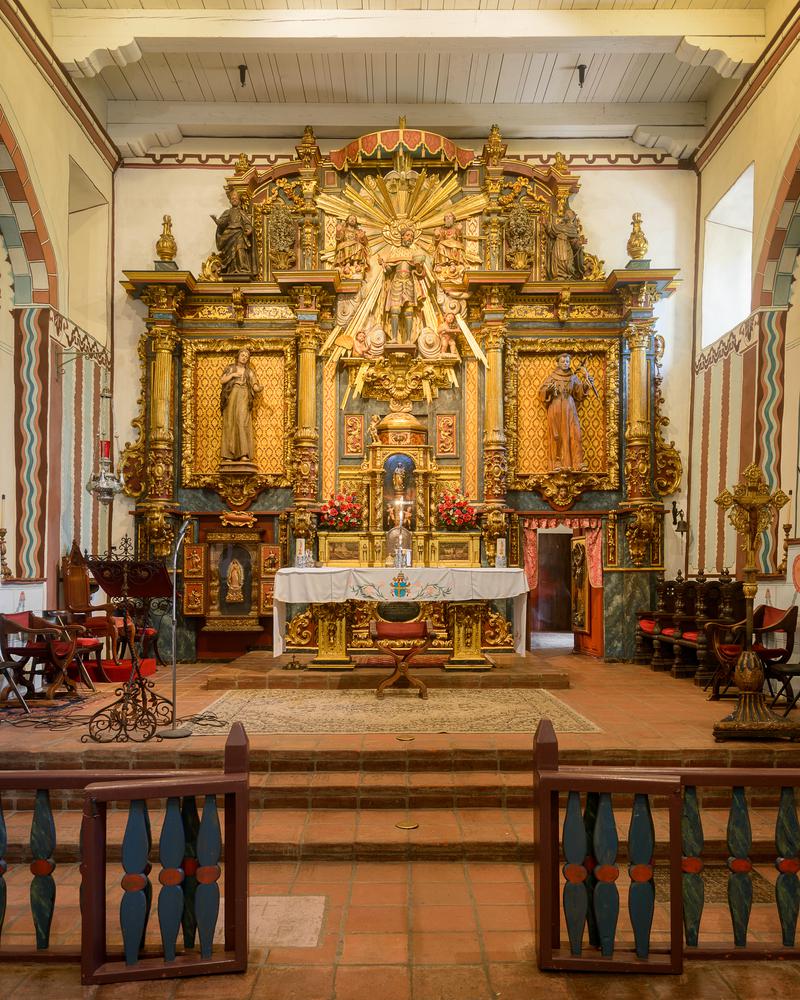
Located on San Fernando Mission Boulevard, Mission San Fernando Rey de España is the 17th Southern California mission. Upon arrival, you’re first greeted by a charming gift shop full of assorted trinkets. The museum is one of the landmark’s prime attractions—it features old mission rooms decorated with period artifacts and Indian-inspired artwork.
Founded in 1797, Mission San Fernando Rey de España’s location was not chosen at random. A rich water supply, endless fields, and local wildlife all contributed to San Fernando Rey de España becoming the epicenter of rural production and leather goods.
In 1842, a mission rancher found gold hiding in the walls of Placerita Canyon and made history as the first to stumble upon this element in Alta California.
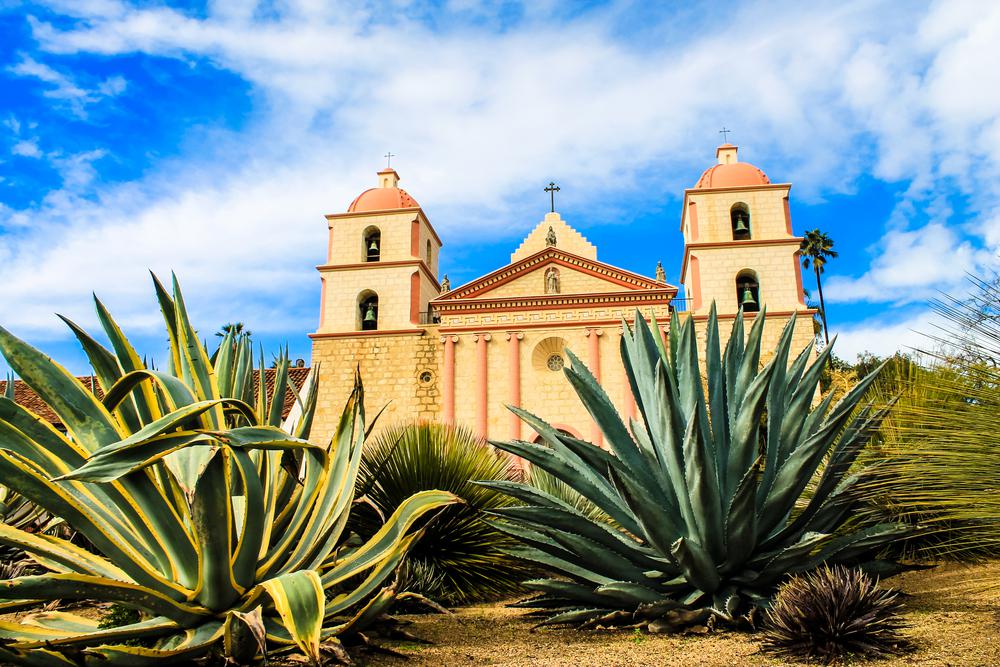
Founded in 1786, Mission Santa Barbara consists of four adobe churches, the last of which was completed in 1820. As with most Southern California missions, this locale withstood many earthquakes throughout its lengthy history. In 1925, a routine Sunday mass was disrupted by collapsing beams and shaking grounds. Miraculously, no one was hurt and a 1927 restoration brought the church back to its original form.
The beautiful lawn of Mission Santa Barbara makes an ideal picnic spot suitable for the whole family. View the ocean from the mission steps and picture Spanish missionaries watching out for ships—both friend and foe.
Most of Santa Barbara’s cultural events continue to take place right here. Each Memorial Day, local artists gather for I Madonnari—a street-painting festival held all throughout the mission’s grounds.
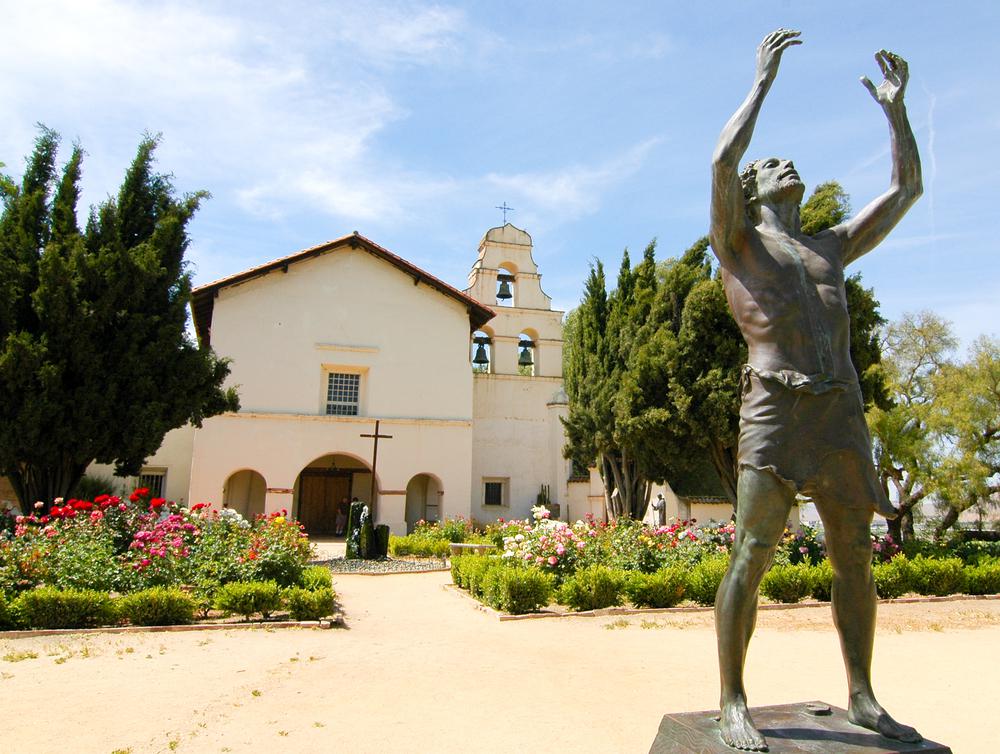
Established on June 24, 1797, Mission San Juan Bautista was dubbed the “Mission of Music.” This is partly due to the work of Father Esteban Tapis, who handcrafted hymnals and color-coded the sheets for those who wished to study music. The hymnaries were so large that choirs were expected to read them one at a time.
When you arrive, you’ll notice that most wooden doors are painted green on the outside. This color was fabricated by the missionaries to symbolize the water of life and the rebirth it brought.
Mission San Juan Bautista also features a model of the historic landmark. The adobe clays were brought over from other missions and the original timbers were cut to frame the entire building. An occupational therapist oversaw this project as a part of a rehabilitation process for patients with paranoid schizophrenia.
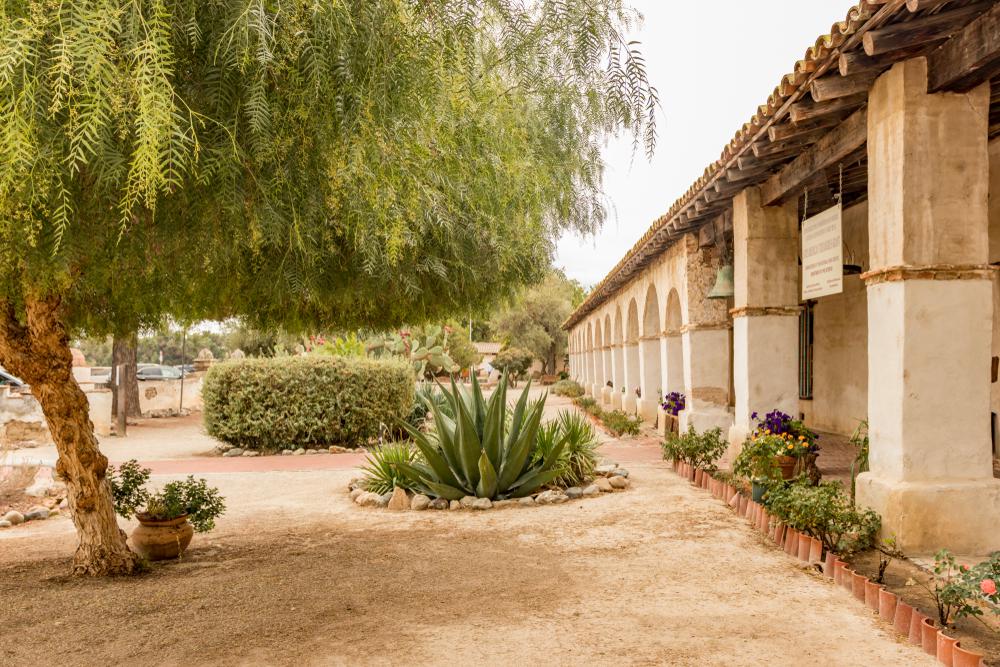
Mission San Miguel el Arcángel, the 16th of its kind, was built overlooking El Camino Real in 1769. Dubbed the “Mission along the Highway,” San Miguel el Arcángel was perhaps the most visible of the missions due to its unique location. The mission was established after the death of Father Serra, whose life-size statue remains a beloved landmark for many visitors.
The interior of Mission San Miguel el Arcángel is vibrant, with colorful murals and frescoes covering many of its walls. Walk along the corridors and marvel at decorations that have been left untouched since their installation in 1821.
Ninth in the Southern California mission chain, Mission Basilica San Buenaventura was the last to be founded by Father Serra himself. During Holy Week—the seven day period between Palm Sunday and Easter—the sound of wooden bells could be heard all around the area. These bells are unique to this mission and are shrouded in mystery.
While exploring the area, make sure to check out the ornately tiled fountain and wander around the mission garden's palm trees and wonderful floral arrangements.
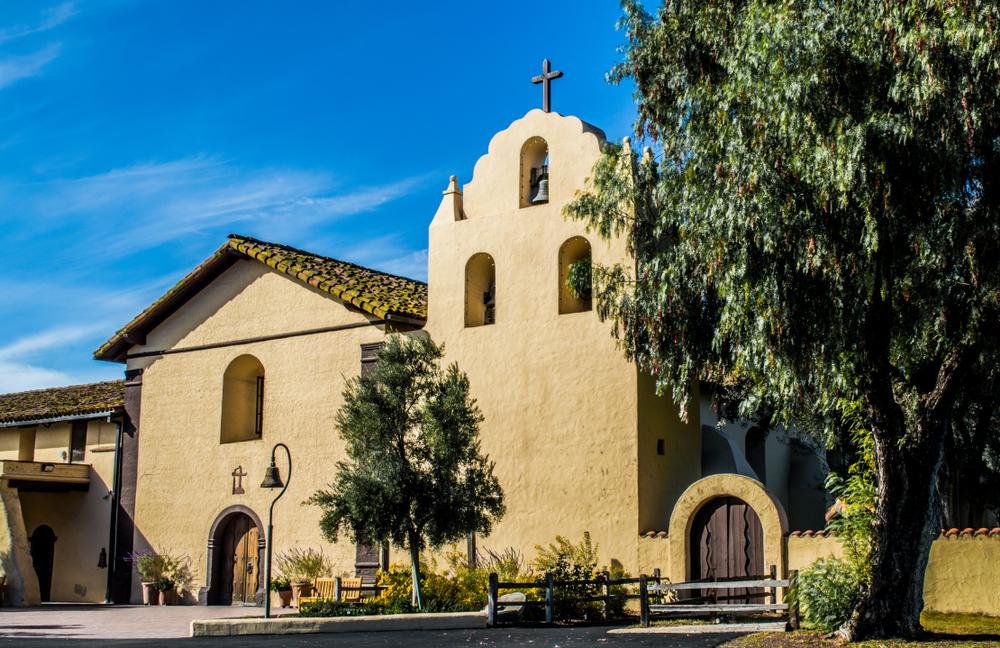
Father Estevan Tapis established Mission Santa Ines in 1804, making it the 19th in the chain of California missions. Praised for its breathtaking views of the Santa Ynez River Valley and San Rafael mountain ranges, the mission remains an all-time tourist favorite.
The area includes 15 buildings and historic sites which reflect the lives of the native Chumash residents who lived under Mexican rule. The adobe brick—similar to other missions—was an intrinsic part of Mission Santa Ines’ construction.
Today, the mission remains an active church with regular mass and audio tours which guide visitors through the beautiful oak-covered area.
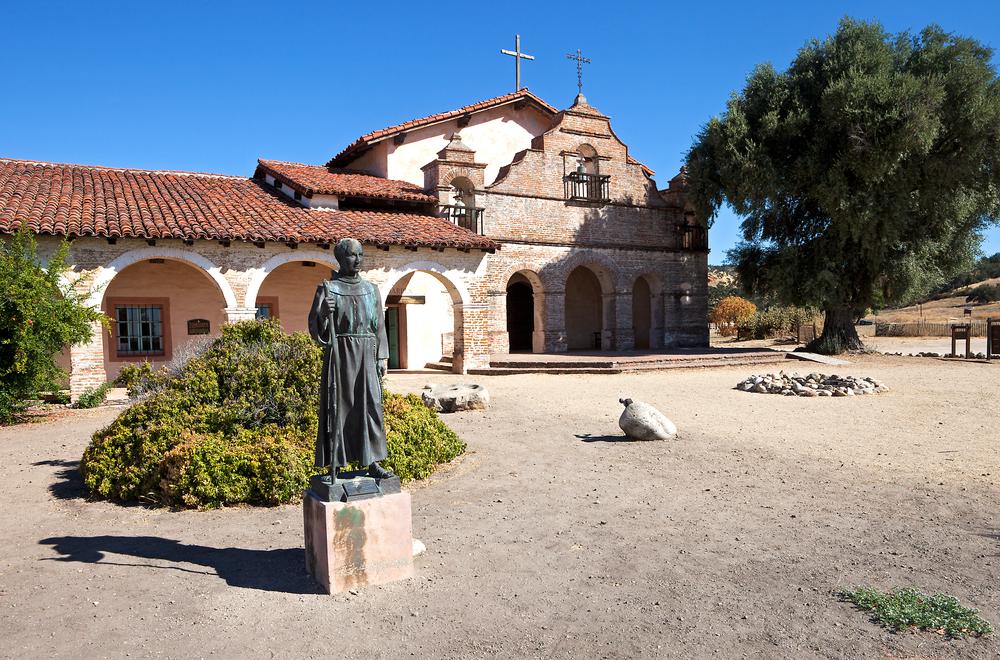
Mission San Antonio de Padua—located in central California’s Valley of the Oaks—is renowned for its Spanish tiles, waterproof thatched roofs, and innovative irrigation system. Built in 1771, the mission was the third of the 21 missions in California.
The mission is now home to various colored music sheets that were once used to educate the Native Americans of the land. This site also holds a large collection of musical instruments from the mission’s heyday, including harps, violins, pianos, and guitars.
Today, the mission serves a different purpose—one of solitude and retreat. Isolated nearly 200 years ago, the tranquility of Mission San Antonio de Padua offers a break from the hectic cycle of the outside world, even if just for a moment.


Never been before? We’ll be your trustee Little Tokyo guide with a day’s worth of fun things to do in Little Tokyo.
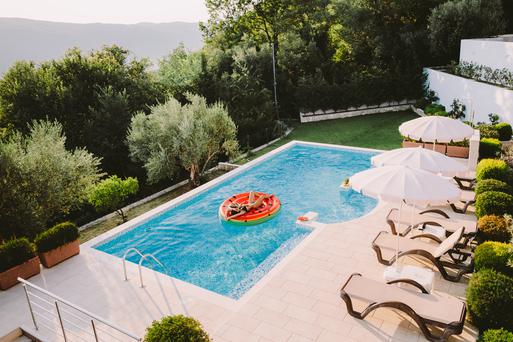
People go on Memorial Day weekend getaways as an indirect celebration of life. How do you plan on celebrating the long weekend?

From undulating mountains, to coastal expanses, to verdant forests, here are some of the top spots for backpacking in California.
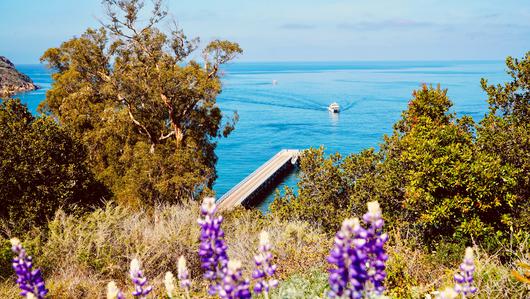
Settled off the California coast, the Channel Islands offer endless adventures. Here are the best things to do and how to get there.

